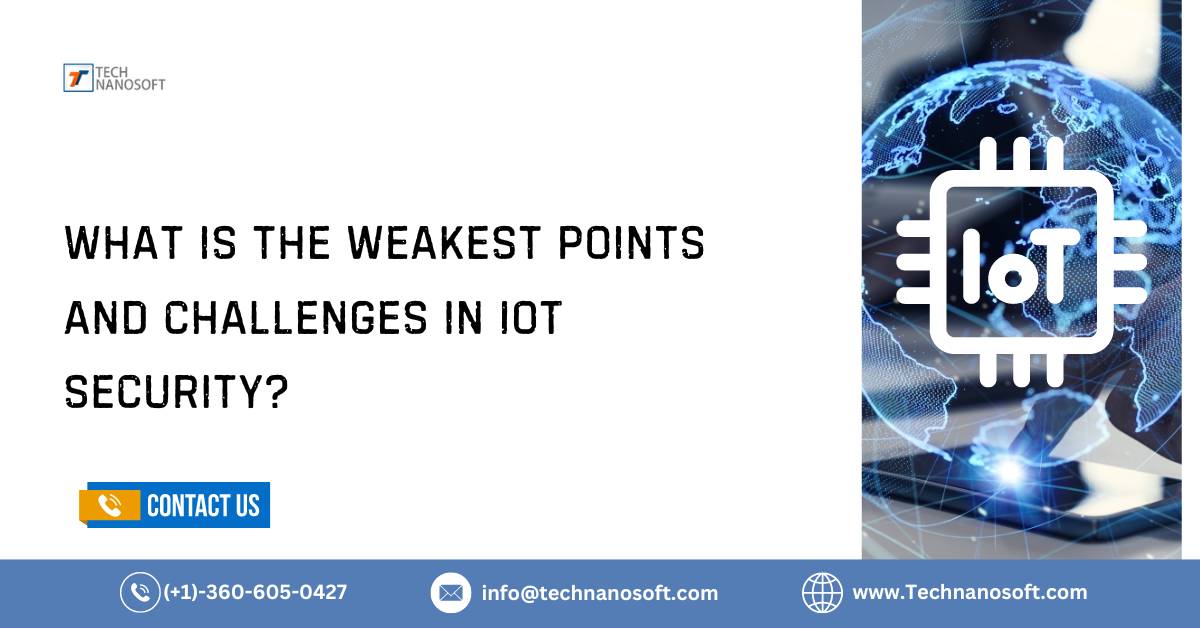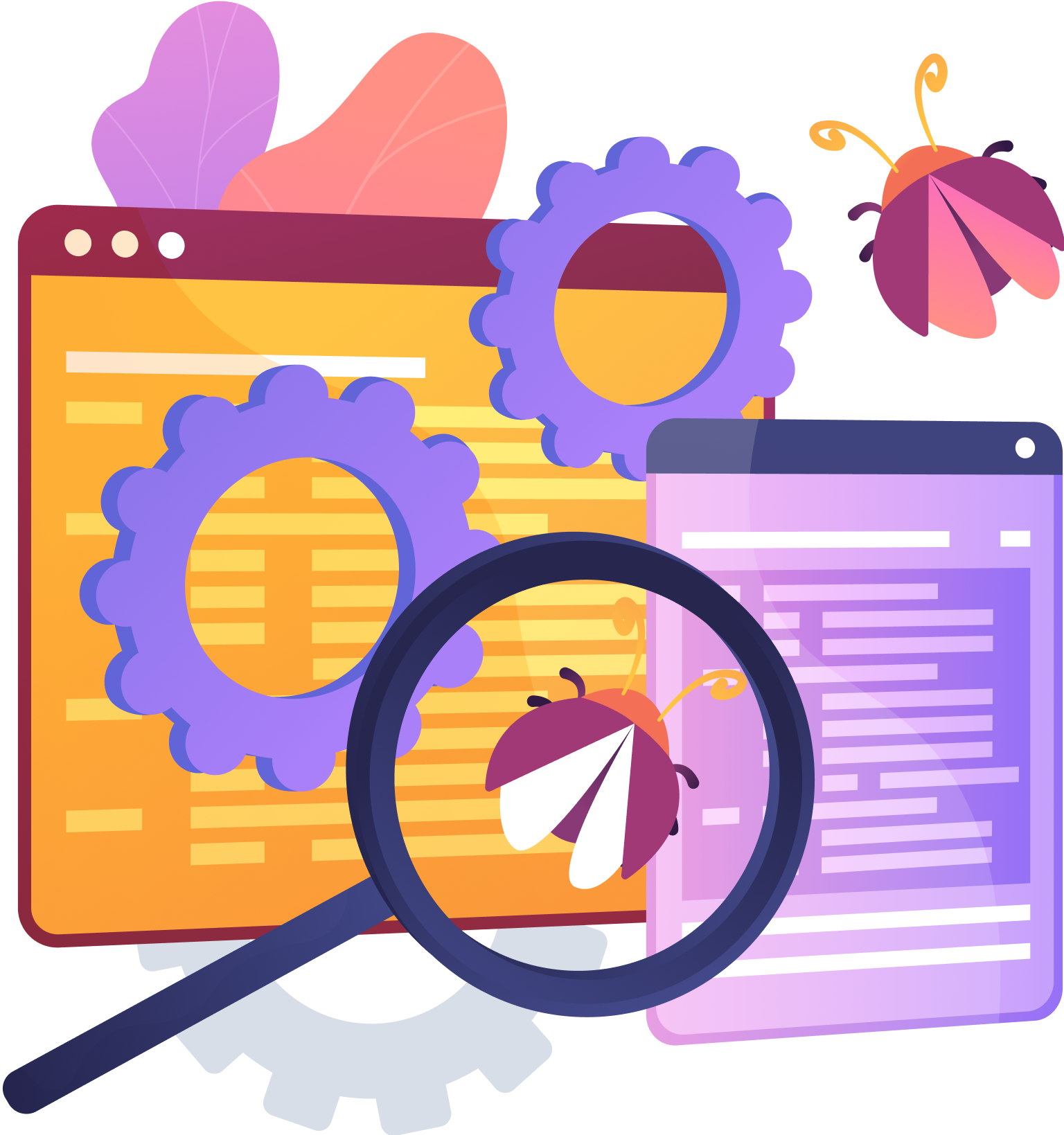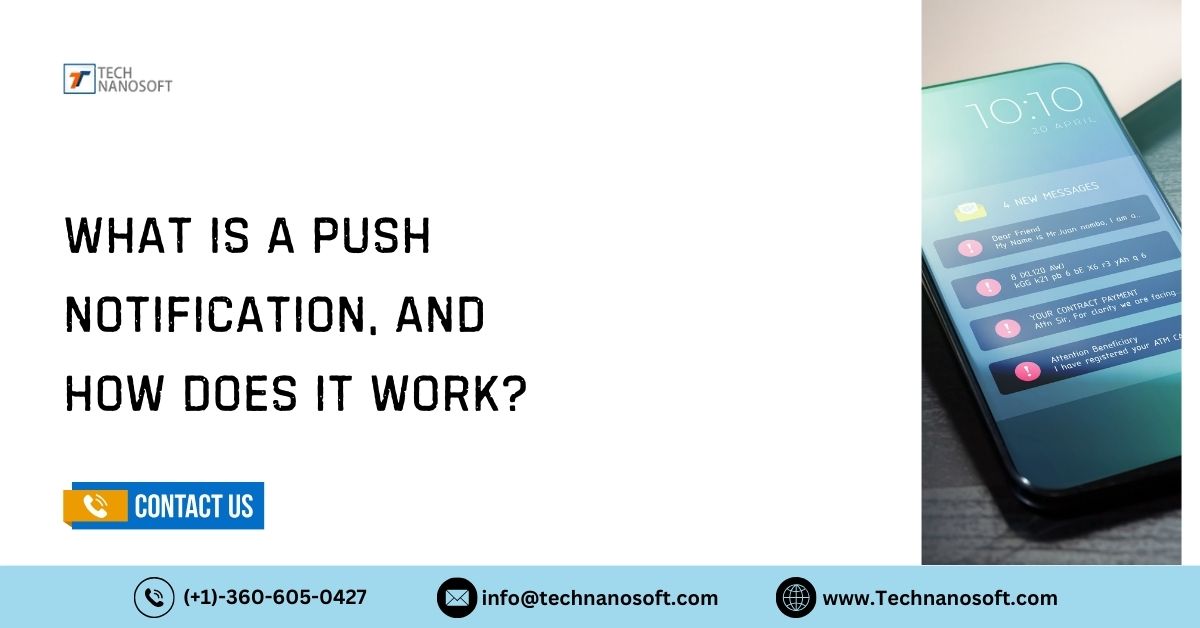What is The Weakest Points and IOT Challenges for Security?

Welcome to our complete guide on IoT security challenges, problems that stop development, and safe ways to stay online. By linking things together, the Internet of Things (IoT) has revolutionized our use of technology. However, this new technology presents iot security issues.
For example, how do you keep gadgets safe from cyberattacks? How do you make the development process easier? We must address specific challenges when developing IoT solutions. This article will discuss those problems and give some good advice on keeping IoT devices safe from possible threats. We will discuss how IoT security changes and give you the tools to reduce risks.
What are the security challenges in IoT?
The fact that there are so many Internet of Things (IoT) devices makes security much trouble. Some of these flaws arise from the numerous connected devices, which occasionally require enhanced protection. Weak authentication, inadequate data encryption, malware, and botnet threats are some of the potential problems. IoT ecosystems are also not centralized, so ensuring that all platforms and gadgets follow the same safety rules can be challenging. Because IoT technology changes constantly, we must be prepared for new threats as soon as possible. The IoT's security issues demonstrate the importance of complete, adaptable security systems to protect data and linked -devices.
READ ALSO- EHR System For Digital Health Records? - Building advantages
Types of IoT Security Vulnerabilities and How They Affect Users
Default Password Trap
Many IoT devices have simple passwords that are either easy to figure out or that most people already know. For hackers, this means they can get to them without your permission and use them to take over your computer. People could steal your personal information, break into your privacy, or even take over your computer and use it for bad things. This makes the internet a perilous place to be.
Out-of-date Software Frenzy
IoT devices require frequent software updates to eliminate bugs and enhance their performance. However, many devices don't get fixes when they should, leaving them open to known security risks. If you don't keep your firmware up-to-date, hackers can access your device and maybe even your whole network without your permission, putting your data's safety and security at risk.
Unencrypted Communication Chaos
Bad people can read the data that some Internet of Things (IoT) gadgets send because they don't encrypt it. Hackers can read your texts if you don't encrypt them, potentially obtaining private conversations, login credentials, or financial information. If you do this, someone will likely steal your name or do something else wrong online.
Trouble with weak Access Control
Thieves might be able to access and control your IoT devices without your permission if they don't have good access control. Insufficient methods to authenticate your identity and activity allow malicious individuals to monitor your activities, alter your devices, or even launch attacks against others. This is very bad for your privacy and safety online.
Physical Security Slip-Ups
Many IoT devices lack enough physical security, which means that hackers can change their settings if they can access them. By breaking the device's stability and security, people who shouldn't be there can steal data, change software, or install malicious hardware. This implies that unauthorized individuals could potentially access and alter your confidential information.
Lack of Secure Boot Blues
Without a safe boot method, attackers can change the firmware when an IoT device starts. This means that attackers could put malware on the device. Once installed, this software can gather data, halt the device's operation, or even attempt another hack. These actions pose a significant risk to your device and network.
Insecure Mobile App Misery
Security holes can also exist in the mobile apps that control IoT devices. These vulnerabilities include weak security, poor session management, and non-existent input validation. Bad people can exploit these app flaws to access your device without your consent. If they get in, they might steal your information, change your devices, or attack you or other people. This is scary and could put your online safety at risk.
Botnet Bonanza: It's Not the Fun Kind
IoT botnets, which are groups of IoT devices that hackers have taken over and are using to harm, pose a significant danger. Hackers can use these botnets to initiate large-scale cyberattacks, including denial-of-service (DDoS) attacks. These attacks can hurt essential services and infrastructure, slow down internet connections, or let more people abuse your devices. This makes the internet less stable and secure, causing chaos everywhere.
Device Security Flaw
Some IoT makers prioritize cutting costs and making devices useful over security. This means some devices have lousy code, weak encryption, and other security flaws. These bugs allow them to access the devices and potentially steal or alter your data and privacy without your consent. You can't be sure that your personal information and what you do online are safe.
Unsecured Data Transmission Tango
Hackers could read data sent unencrypted between IoT devices and other systems. Attackers could intercept the unprotected data and steal private information such as login credentials, banking details, or personal content. With this flaw, hackers can access your data without your knowledge and use it for bad purposes, putting your safety and privacy at significant risk.
Software Vulnerability Samba
Your IoT device may have software bugs that hackers can use to access your network and make it less safe. Hackers can use these bugs to obtain information, disrupt device functionality, or initiate attacks on other individuals. They can also use these holes to access your device without your permission and steal your private data. This is very bad for your online safety and privacy because it could lead to identity theft, financial loss, or other types of cyber abuse.
How to Safeguard IoT Devices and Overcome IoT Design Challenges
Manufacturers/Development Challenges in IOT
To find threats and holes in IoT devices, it is essential to do a risk assessment during the planning phase. When you securely write code, you're less likely to make mistakes that could let hackers into your system. We must frequently test security systems using code reviews and data analysis methods to identify and resolve bugs before their use.
We should sign and encrypt software changes to prevent tampering. When people responsibly share vulnerabilities, finding and fixing iot security challenges is easy. This makes the IoT community safer from the start.
Users/Consumers
When you set up an IoT device, you should change the default password so hackers can't get in. Updating the software protects against known bugs. It is safer to set up IoT networks with strong security and rules for who can access them. Lowering security risks by ensuring hardware and software don't do anything terrible can help protect private data and make the user experience safer.
Regulators and policymakers
If you follow the best security practices and rules for IoT devices at work, you can get a basic level of protection. People can read about a product's safety features on its label. The IoT business can build a culture of security and get manufacturers to follow higher security standards by rewarding them for doing so.
Network Providers
Setting up vital security steps is a big part of how network providers keep IoT settings safe. These steps ensure the safety of private data transferred over the network by identifying and preventing unauthorized individuals and data interceptors.
Watching network data lets you quickly spot any odd behavior that might mean an attack or security breach. This enables you to keep IoT devices and infrastructure safe from possible threats. This keeps IoT information private and secure.
Security Researchers
It is normal practice for security experts to follow standard procedures when they find and report security problems in IoT devices. This helps keep the IoT safe. Researchers take these steps to ensure that creators fix vulnerabilities quickly before they become public, reducing the likelihood of malicious individuals exploiting them.
Also, teaching people and businesses about how important it is to keep devices safe and the risks of leaving security holes open makes them smarter and more likely to take action to protect the whole IoT environment.
Consortia and Industry Alliances
The only way to fix iot challenges is for businesses to join forces and form group deals. These groups make it easier for individuals to share information, best practices, and dangerous data about how to keep IoT devices safe by encouraging people to work together. It's easier to find and fix security problems when there is a regular way for people to report them.
Dealing with new threats in the IoT world is easier because everyone works better together. They are safer when industry partnerships and consortiums work together to create IoT ecosystems. This makes people trust IoT devices more.
Power Consumption
When you make IoT devices, you need to think about how much power they use because it affects how they work and how long they last. Proper power usage ensures longer battery life and fewer frequent battery replacements. Only better hardware and software design can achieve this.
Putting the power economy first can help IoT devices work better while having less of an effect on the world. Saving energy resources and making gadgets last longer with less power improves the user experience, which is also good for the environment. Long-term, IoT technologies will be cheaper and better for the environment.
Battery Life Limitation
Creating IoT devices with extended battery life requires careful consideration of power management and optimization techniques. To get the most out of your device's battery while maintaining its performance, you must balance how well it works and how much power it uses. New ideas, such as low-power hardware parts and methods that use less energy, can solve this iot security challenges . This will make IoT devices more valuable and effective in many settings and situations.
Conclusion
For the most part, the Internet of Things (IoT) is a world full of problems and chances. People from different businesses need to work together to solve these iot security issues, like finding security holes, making gadgets better, and figuring out how to deal with regulatory frameworks. The IoT has the potential to change the world. To move forward and make the future safer, more connected, and more sustainable for everyone, we need to focus on new ideas, follow best practices, and promote a culture of always getting better.
FAQs About IOT Challenges
Q.1- IoT technology faces several problems. What are these problems?
A- Many companies find it difficult to use and adopt the Internet of Things (IoT) because it has security holes, problems with interoperability, growing costs, and risks to data privacy.
Q.2- What effects does security have on IoT devices?
A- Security is the most important factor in keeping IoT devices safe from internet threats and breaches. It also ensures that data and functions are always available, correct, and private.
Q.3- What are the problems that come up when designing IoT devices?
A- Design challenges in iot because you have to think about how to save power, what hardware can and can't do, and how to meet the needs of different apps while keeping things stable and easy to use.
Q.4- What does it mean for IoT groups to be able to work together?
A- Many IoT platforms and gadgets can talk to and work with each other. This is called interoperability. Interoperability facilitates information sharing, collaboration, and the creation of solutions that individuals from diverse areas and vendors can use.
Q.5- How do rules influence the growth of the Internet of Things?
A- Regulations that establish guidelines for privacy, data safety, security, and interoperability impact the growth of the IoT. These standards ensure that everyone who works with the IoT does the right thing and follows the rules.









